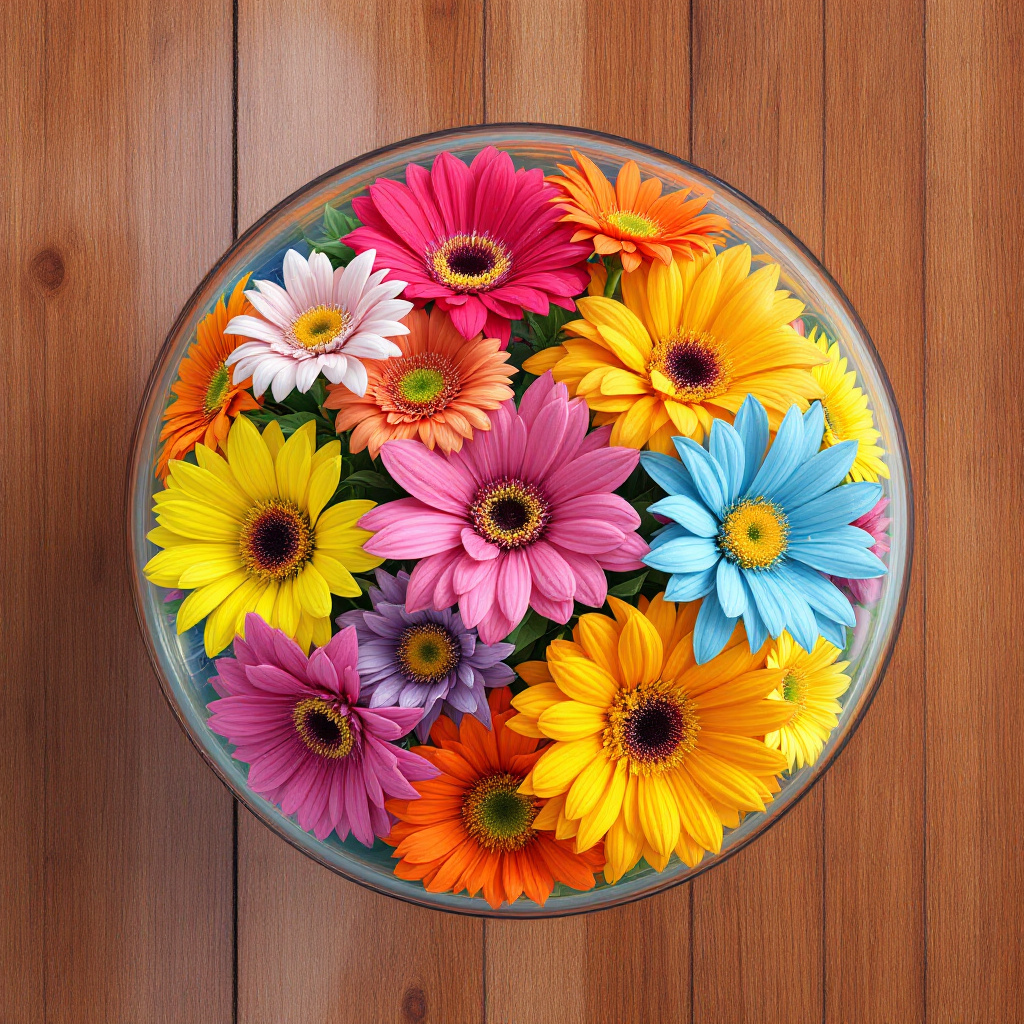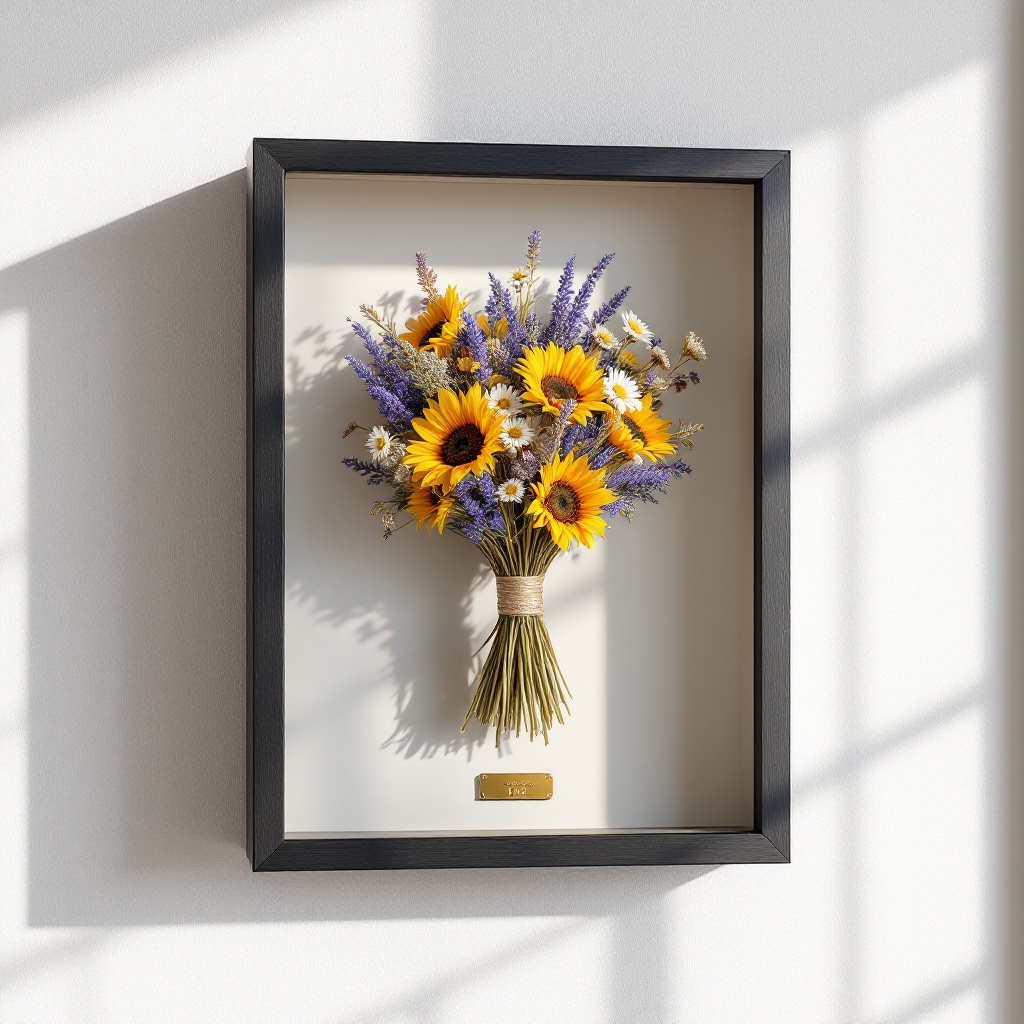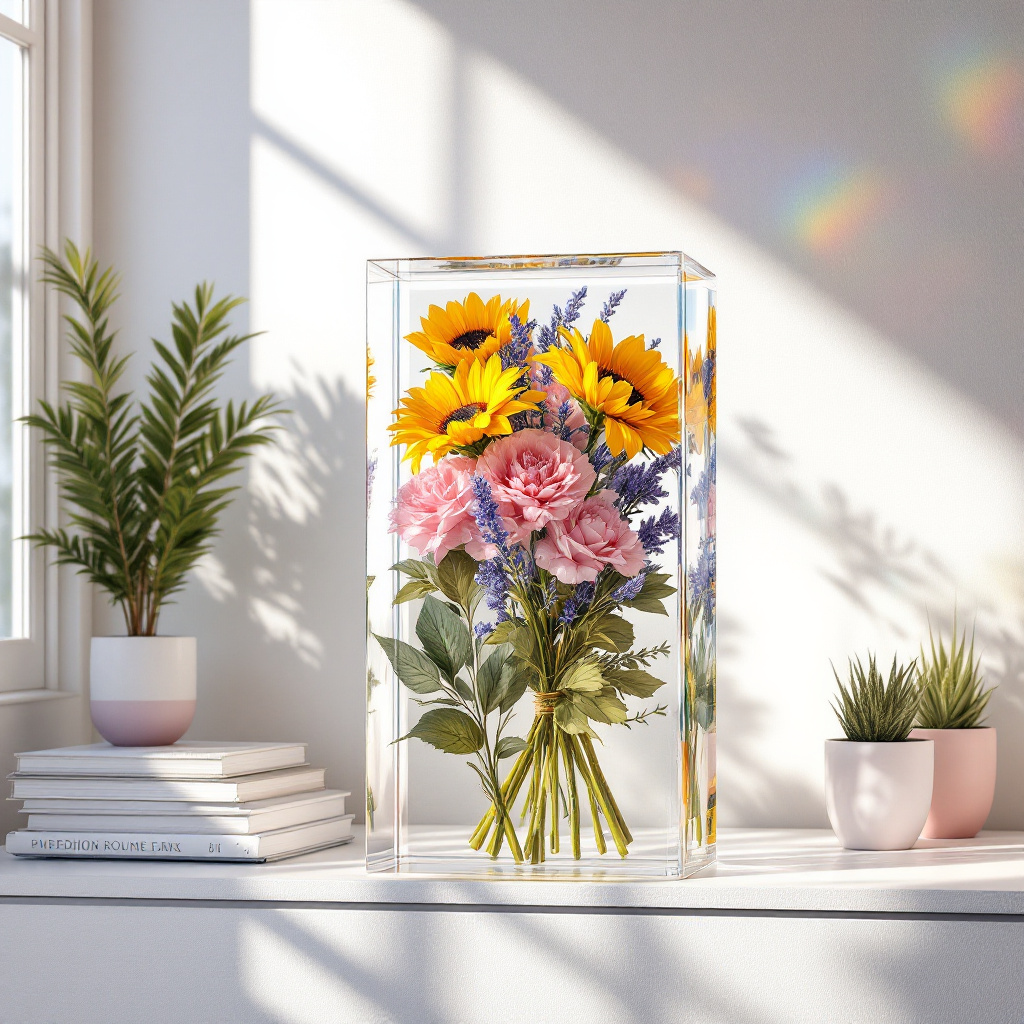Preserving a wedding bouquet serves as a significant emotional anchor for many couples. The flowers encapsulate the love, joy, and commitment shared during one of life’s most monumental moments. Each bloom carries memories of the wedding day, allowing couples to revisit those cherished feelings long after the event has passed. This very sentiment drives the desire for bouquet preservation, as couples seek to maintain not just their floral arrangement, but also the emotions intertwined with those blooms.

A wedding bouquet is often a carefully curated ensemble, designed to reflect the couple’s personality and the theme of their wedding. Each flower, from roses to orchids, holds its own meaning and importance, representing the love and aspirations shared between partners. Hence, preserving these floral symbols is not simply about keeping a physical object; it revolves around preserving a memory that encapsulates feelings of affection, celebration, and family unity.
Furthermore, various reasons motivate brides to seek bouquet preservation. For many, it is driven by personal sentiment. Holding onto their bouquet allows them to feel an ongoing connection with the beautiful day they experienced, providing comfort and nostalgia. Additionally, some brides are influenced by family traditions, wishing to pass on their preserved bouquets to future generations. This act serves as a tangible link between the past and the future, allowing love stories to transcend time and be shared through the ages.
In this way, understanding the importance of bouquet preservation not only emphasizes its sentimental value but also encourages brides to consider the options available for maintaining these treasures. With adequate knowledge, couples can make informed choices about how best to care for and immortalize their wedding blooms.

Methods of Preserving Wedding Bouquets
Preserving wedding bouquets is a cherished practice for many couples seeking to hold onto the memories of their special day. Various methods exist for maintaining the beauty and integrity of fresh flowers, each presenting its own set of advantages and disadvantages. Understanding these techniques can help individuals choose the most suitable option based on the flower type and the desired outcome.
One of the most popular and accessible methods is air drying. This technique involves hanging the bouquet upside down in a dry, dark space for several weeks. This method is cost-effective and relatively simple. However, the drying process can result in a change of color and texture, which may not always appeal to everyone. Moreover, not all flowers respond well to air drying, particularly those with high moisture content.

Another common approach is pressing flowers, which entails flattening the blooms between heavy books or using a flower press. This method captures the intricate details of the flowers effectively. Pressed flowers can be used in various artistic applications, such as framing or incorporating into scrapbook designs. On the downside, pressing can cause flowers to lose some vibrancy and three-dimensionality, which may not reflect the bouquet’s original appearance.

Using silica gel is another advanced method that has garnered popularity for its ability to maintain the shape and color of flowers. This technique involves burying the blooms in silica gel crystals, which absorb moisture quickly. It is particularly effective for delicate flowers with vibrant hues. However, this method can be more labor-intensive and require purchasing specialized materials.

For those seeking a professional touch, freeze-drying and resin arrangements are excellent options. Freeze-drying removes moisture while preserving the bouquet’s appearance, while resin encases flowers in a clear medium, creating visually stunning displays. These methods, though more costly, yield long-lasting and visually appealing results. Ultimately, the choice of preservation method should depend on the specific flowers in the bouquet and the intended final presentation.
Steps for Properly Storing Fresh Bouquets Before Preservation
To ensure that wedding bouquets maintain their beauty and freshness before the preservation process, it is essential to follow specific guidelines. The first step involves trimming the stems of the flowers. This practice not only helps with hydration but also prevents the stems from becoming blocked. A clean cut at a 45-degree angle is recommended, as it increases the surface area for water uptake. This adjustment is crucial in preventing the wedding bouquet from wilting prematurely.
Next, providing an appropriate water supply is vital. The flowers should be placed in clean, lukewarm water immediately after trimming, as this temperature encourages better absorption. It is advisable to use a container that accommodates the bouquet’s size, allowing the majority of the stems to be submerged. Additionally, adding a floral preservative can further enhance the blooms’ longevity by providing essential nutrients and inhibiting bacterial growth in the water.
Maintaining an optimal room temperature is another key aspect of preserving the bouquet’s freshness. Ideally, the room should be cool, with a temperature range of 65-70 degrees Fahrenheit (18-21 degrees Celsius). Environments that are too warm can hasten the wilting process, while excessively cold conditions can be detrimental to the flower’s cellular structure. Moreover, it is crucial to keep the bouquet away from direct sunlight and humid areas, as both can cause flowers to fade and deteriorate quickly.

By following these steps—trimming stems, ensuring a proper water supply, and controlling the temperature and environmental conditions—brides can significantly enhance the longevity of their fresh wedding bouquets. Taking care of these details will ensure that the flowers remain vibrant and intact, ready for preservation when the time comes.
Showcasing Your Preserved Bouquet: Creative Display Ideas
After going through the process of preserving a wedding bouquet, the next exciting step is deciding how to display it. A beautifully preserved bouquet not only serves as a reminder of a significant day but also becomes a piece of art that enhances your home decor. There are numerous creative ways to showcase your preserved bouquet that can resonate with your personal style and complement your living space.

One popular choice is using shadow boxes. These frames offer a three-dimensional display that allows you to capture the beauty of the flowers in a way that can be both intimate and striking. By arranging the bouquet neatly within a shadow box, couples can often include additional memorabilia—such as dried petals, invitations, or photographs—creating a comprehensive narrative of the wedding day. This method provides depth to the display and can be easily hung on a wall or placed on a shelf, making it a versatile option.
Glass cloches present another elegant choice for showcasing a preserved bouquet. The encased design protects the flowers from dust while allowing them to be seen from all angles. This option not only highlights the bouquet but also adds a touch of sophistication to any table or mantel. For a more rustic appearance, consider using wooden stands or bases to elevate the cloche and enhance the overall aesthetic.

Furthermore, incorporating the preserved bouquet into home decor items, such as a decorative centerpiece or a seasonal display, allows for flexibility throughout the year. Personalization plays a crucial role in the display; custom frames, engraving, or even adding meaningful quotes about love can enhance the significance of the bouquet. By choosing a display method that reflects your style and tells a story, your preserved bouquet becomes a cherished memento that will bring joy and nostalgia for years to come.

